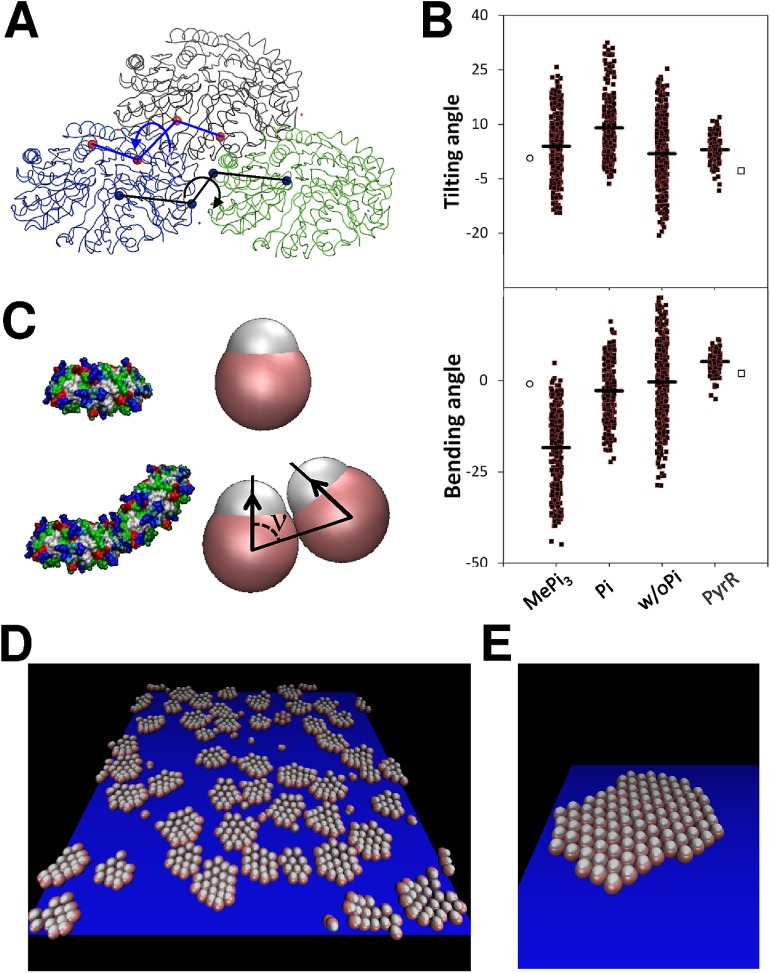Fig 5. Theoretical simulations of CcmK assembly.
A-B, All-atom molecular dynamics of an ensemble of three CcmK1 Syn6803 hexamers originally positioned as in the published crystal structure (PDB code 3BN4). A, Ribbon representation of the simulated system (excluding explicit water and salt molecules). The position of atoms selected for measurement of tilting and bending angles are indicated with red and blue spheres, respectively (only shown for a single couple of hexamers for clarity). Tilting is defined by main-chain alpha carbon (Cα) atoms from residues 23 and 17 from interfacial monomers in each hexamer (illustrated by blue arrow). Bending angle values were based on the positions of Cα atoms from residues 26 and 37 from interfacial monomers (black arrow). B, Plot of tilting and bending angles during all-atom MD simulations (30 ns), measured at 0.25 ns intervals (black squares). Three different starting models were investigated, depending on the absence (w/oPi) or presence of Pi or MePi3 ligands replacing crystallographic sulfates at the interface between hexamers. Shown are deviations from approximate 180° measured for the original crystal structure (empty circles). Thick traces represent mean values over the MD run. Similar data measured during a similar 30 ns simulation with a PyrR dimer (PDB code 1A4X) are presented for comparison. Here, tilting is defined by Ca atoms from residues 100, 104 of chain A, and 105, 131 of chain B, whereas bending angle is read from Cα atoms from residues 104, 143 of chain A and 143, 103 of chain B. Angles measured from the starting crystal structure are presented as empty squares. C, Lateral views of CcmK1 structure (left), and its representation in the coarse-grained model (middle). The white sphere indicates hexamer orientation. Two hexamers assembled with a nonzero curvature are illustrated below, indicating the preferred angle ν of interaction (bottom). D, snapshot of a coarse-grained simulation run with parameters ε0 = 8.3 kBT, ν = 1.4 rad, εads = 2.5 kBT, α = 0.1 and hexamer concentration 0.0125 σ-3. The solid support plane appears blue and only hexamers near the surface are plotted. The simulations show the presence of stable patches of 15–20 hexagons with raised borders that resemble structures formed during the assembly of Ccmk1 with phosphate/sulfonate anions. E, snapshot of a coarse-grained simulation run with parameters ε0 = 6.7 kBT, ν = 1.45 rad, εads = 10 kBT, α = 0.2 and hexamer concentration 0.0125 σ-3, showing the formation of a canonically flat assembly, that occurs even with non-flat preferred curvatures at weak bending stiffness and high adsorption strengths.

